Mayor Rahm Emanuel paid a visit to Growing Home community garden in Englewood on May 1 to celebrate the kickoff of the garden’s farm stand that will provide fresh food to the community’s residents every Wednesday through spring and summer.
[pullquote]Slideshow from Growing Home[/pullquote]
The Mayor’s visit highlights the growing initiatives being implemented to combat food deserts, particularly urban agriculture projects like Growing Home that the city hopes to see influence others. Local food and its role in overall sustainability are becoming a growing interest for both concerned consumers and Chicago residents who have poor access to food in their communities. But the road to a functional and comprehensive urban agriculture network in Chicago isn’t smooth. However local sustainability entrepreneurs are using innovative methods to create a workable solutions to the setbacks.
Rebekah Silverman, associate director of Growing Home, is proud of the growth the garden has seen since its inception in 2007. But Silverman said Growing Home is still a lonely guidepost waiting for other gardens to take its lead and utilize the spaces available for further development.

“For being such a big city, I think Chicago has a very committed government to this process,” said Silverman. “There’s about 48 acres on this Englewood line that they want to get going.”
Silverman described the viaduct which is part of the Englewood line, that the city has already invested $300,000 in because it trails through the community to the Norfolk Southern Railway, and on either side of it lie plots of land where the city wants to see more urban agriculture projects started in the same fashion as Growing Home.
Growing Home sits on what was once a small manufacturing site that was eventually converted into an empty lot where people parked their cars, leaving layers of lead, PCBs and other toxins over the course of more than 30 years. The land, a little more than an acre dispersed through two sites, now grows spinach, kale, tomatoes and other fresh vegetables via trellises and 18 inches of six-year-old raised soil, according to Silverman.
“I venture to say we are growing at the highest level of production of anyone in the city and we’re still only growing 13,000 pounds of food a year,” said Silverman. “It’s impressive I suppose, but not when you think about how much interest there is.”
Growing Home hopes to eventually have a site that will allow production of three times the product currently in circulation. For now, the demand far outstrips the supply as consumers and distributors vie for locally grown produce, which has a strong niche audience in groceries, according to Silverman
“We had to say ‘no’ to a bunch of farmer’s markets this year and I got really worried about it because there’s a point where people are going to stop asking,” said Silverman.
Because Growing Home is one of the only urban agricultural projects in Chicago, there isn’t a big competitive market to stimulate urban agriculture growth. And without a broader market, Growing Home will have trouble increasing its marginal 15 percent profit. Silverman said one of the problems is that people aren’t sure how to establish a competitive for-profit urban agricultural system.
Growing Home currently sells its produce to high-end farmer’s markets in the city and at a 40 percent discount through its food stand in Englewood. The garden also has plans to establish accounts with restaurants, despite there being very few in the Englewood community.

Many innovators have already begun the blueprints for a service project intended to put urban agriculture on the map by defining its location, what’s being produced and aggregating that information for potential buyers.
Todd Jones is the creator of one such project called EveryLastMorsel.com, a grassroots effort intended to connect small farms with restaurants and other wholesale accounts.
“I think the story of food is really important in creating a culture of people that is more appreciative of how food is grown, where it comes from, and how it eventually ends up on your plate,” said Jones.
Seneca Kern, Growing Home’s outreach coordinator, said knowing where food comes from is one of the biggest things we can do for overall sustainability.
Kern is confident that organizations like Growing Home will be able to identify a strategy that will increase the presence of urban agriculture in the city, and with developing websites like EveryLastMorsel.com, competitive viability may become an approaching reality.
“It’s absolutely imperative as far as I’m concerned to see a mixture of businesses,” said Kern. “It’s important for [urban agriculture businesses] to recognize their ability to engage a real market and find out what people actually need and what resources they can use around them.”
Related articles
 Mayor Emanuel Launches New “Farmers For Chicago” Network For Chicago Urban Farmers(cityofchicago.org)
Mayor Emanuel Launches New “Farmers For Chicago” Network For Chicago Urban Farmers(cityofchicago.org)
 Visit Growing Home’s First And Largest Farm May 19(chicagoist.com)
Visit Growing Home’s First And Largest Farm May 19(chicagoist.com)
 Mayor Emanuel Highlights Investments in Englewood Agricultural Expansion as a Critical Chicago Neighborhoods Now Project(cityofchicago.org)
Mayor Emanuel Highlights Investments in Englewood Agricultural Expansion as a Critical Chicago Neighborhoods Now Project(cityofchicago.org)


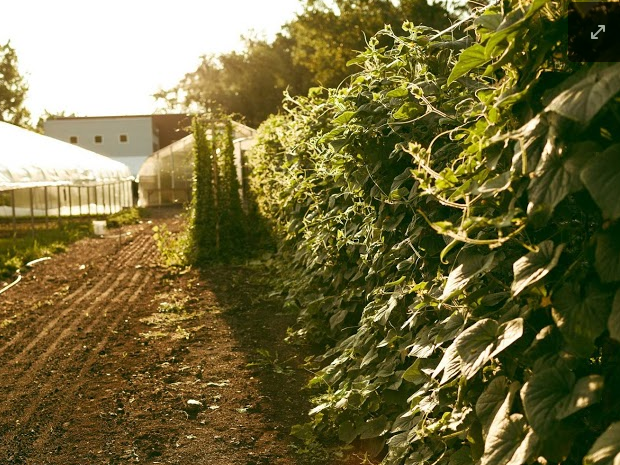





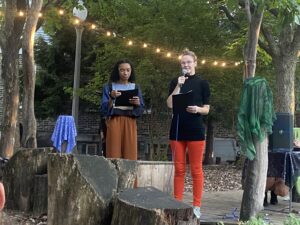

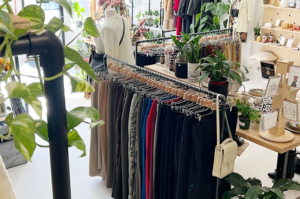
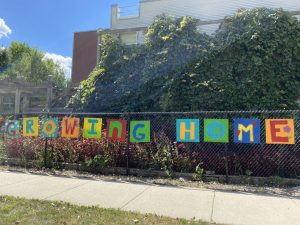





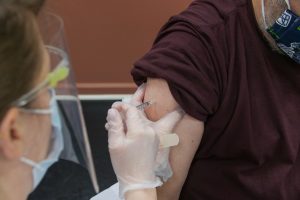
Be First to Comment